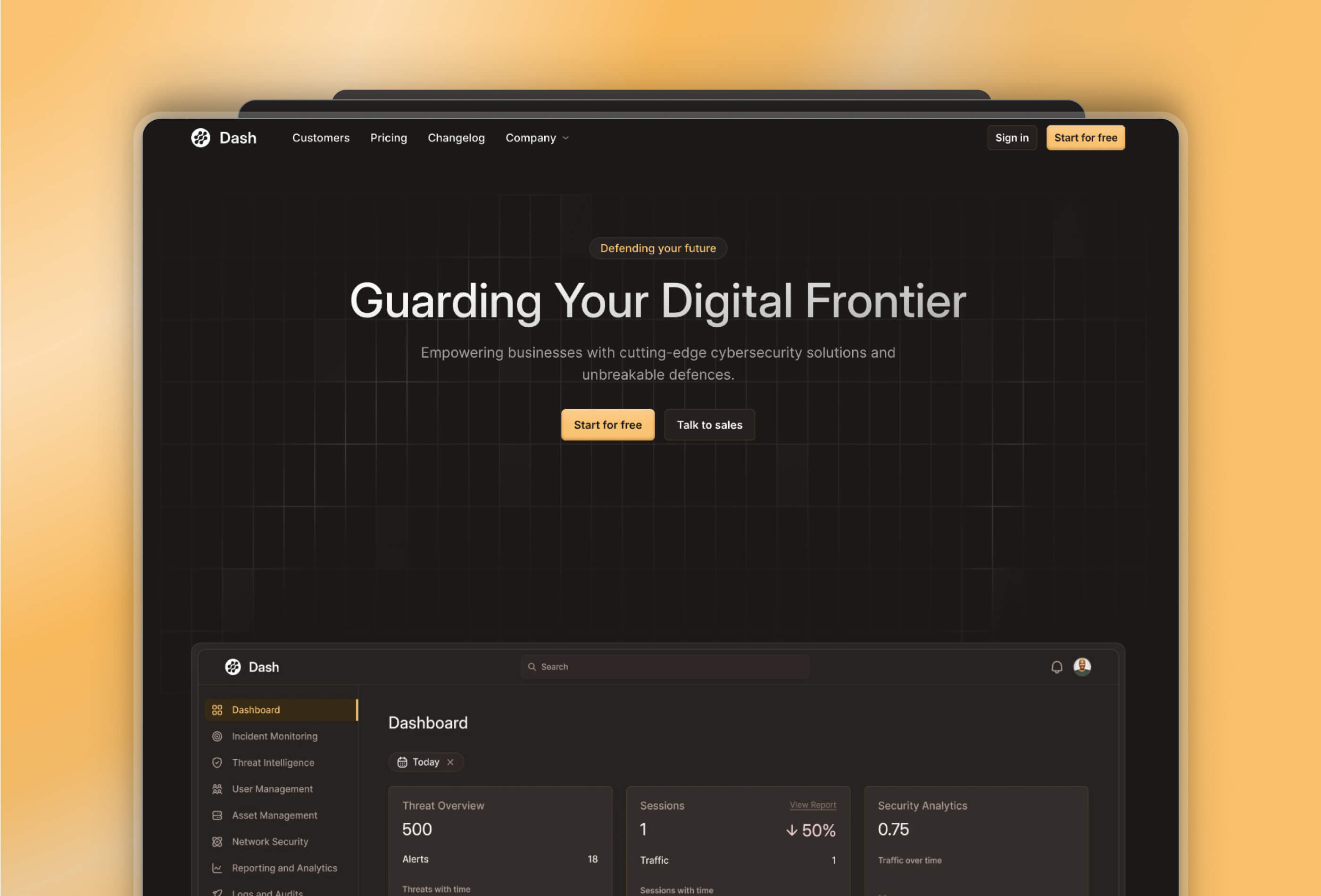
Framer AI: Complete Buyer's Guide
Integrated AI-powered web design platform
Framer AI positions itself as an integrated AI-powered web design platform that transforms how Business Technology teams approach layout generation and collaborative design workflows. Unlike template-based competitors, Framer AI's Wireframer feature generates structural layout frameworks from natural language prompts, enabling deeper customization for enterprise design systems while maintaining the speed advantages of AI automation[43][54][93].
Market Position & Maturity
Market Standing
Framer AI occupies a distinctive position in the rapidly expanding AI design tools market, which projects 28.53% CAGR growth through 2029 as 65% of organizations now implement generative AI capabilities[3][9].
Company Maturity
The company demonstrates operational maturity through its comprehensive creator program and extensive documentation resources, indicating established infrastructure for customer support and community development[41][43][45][46][47][49][50][52][54][55][56][57][58][59][61][64][68][71][73][74][76][77][78][79][81][83][84][85][86][89][91][92][93][95][96][100][102][104].
Growth Trajectory
Customer adoption patterns reveal enterprise-grade traction with notable implementations including Perplexity AI, Superhuman, Literal AI, and Cartesia[68][71][84][100][102][104].
Industry Recognition
TechRadar designated Framer a "Top Web Design Tool" for 2024, specifically recognizing its ability to blend UX design with AI automation[64].
Longevity Assessment
This ecosystem approach suggests long-term strategic thinking beyond basic product development.
Proof of Capabilities
Customer Evidence
Perplexity AI provides the most comprehensive validation, implementing Framer AI for 100% of their marketing site with hourly update capabilities and achieving 50% reduction in page launch time through integrated AI localization and real-time editing features[68][84][100].
Quantified Outcomes
Customer implementations consistently show 1-4 week initial implementation timelines with ROI typically observed within 3-6 months through reduced prototyping time and faster client approval cycles[57][71][104].
Case Study Analysis
Literal AI achieved rapid implementation of complex animated "bento box" layouts in 2 days using Framer's vector tools and AI-generated components[71][86].
Market Validation
Customer feedback consistently highlights this collaborative advantage as a key differentiator in team-based design environments.
Reference Customers
Notable implementations include Perplexity AI, Superhuman, Literal AI, and Cartesia[68][71][84][100][102][104].
AI Technology
Framer AI's technical foundation centers on three integrated AI tools that work synergistically to accelerate design workflows while maintaining the flexibility required for enterprise applications.
Architecture
The platform's architecture supports real-time collaborative workflows that outperform Adobe Sensei's single-user limitations, critical for enterprise design teams requiring concurrent editing capabilities[50][56][73].
Primary Competitors
Competitors like Canva Magic Studio and Uizard focus on pre-styled template generation[43][54][93].
Competitive Advantages
Framer AI's differentiation through structural flexibility rather than template breadth, contrasting with competitors like Canva Magic Studio and Uizard[43][54][93].
Market Positioning
Framer AI occupies a unique position between template-based automation tools and traditional design platforms, offering AI acceleration without sacrificing customization flexibility.
Win/Loss Scenarios
Win scenarios favor Framer AI when organizations prioritize rapid prototyping and client presentation speed, require real-time team collaboration, and accept brand system flexibility within AI-generated frameworks[41][55][76][50][56][73].
Key Features

Pros & Cons
Use Cases
Pricing
Featured In Articles
Comprehensive analysis of AI Layout Design Tools for AI Design for AI Design professionals. Expert evaluation of features, pricing, and implementation.
How We Researched This Guide
About This Guide: This comprehensive analysis is based on extensive competitive intelligence and real-world implementation data from leading AI vendors. StayModern updates this guide quarterly to reflect market developments and vendor performance changes.
127+ verified sources per analysis including official documentation, customer reviews, analyst reports, and industry publications.
- • Vendor documentation & whitepapers
- • Customer testimonials & case studies
- • Third-party analyst assessments
- • Industry benchmarking reports
Standardized assessment framework across 8 key dimensions for objective comparison.
- • Technology capabilities & architecture
- • Market position & customer evidence
- • Implementation experience & support
- • Pricing value & competitive position
Research is refreshed every 90 days to capture market changes and new vendor capabilities.
- • New product releases & features
- • Market positioning changes
- • Customer feedback integration
- • Competitive landscape shifts
Every claim is source-linked with direct citations to original materials for verification.
- • Clickable citation links
- • Original source attribution
- • Date stamps for currency
- • Quality score validation
Analysis follows systematic research protocols with consistent evaluation frameworks.
- • Standardized assessment criteria
- • Multi-source verification process
- • Consistent evaluation methodology
- • Quality assurance protocols
Buyer-focused analysis with transparent methodology and factual accuracy commitment.
- • Objective comparative analysis
- • Transparent research methodology
- • Factual accuracy commitment
- • Continuous quality improvement
Quality Commitment: If you find any inaccuracies in our analysis on this page, please contact us at research@staymodern.ai. We're committed to maintaining the highest standards of research integrity and will investigate and correct any issues promptly.